Consumption of dairy products is considered very beneficial for health. They are rich in protein, calcium, and many other essential nutrients. Both curd and buttermilk are products made from milk. Almost identical nutrients are present in both.
Nevertheless, the question often arises in the minds of people what is more beneficial in curd and buttermilk. Many people think that when curd gets diluted it becomes buttermilk, there is not much difference between them.
Let us first understand the difference between curd and buttermilk
A fundamental difference between curd and buttermilk is the amount of water present in them. There is less water in curd but when buttermilk is made from curd, water is added to it to dilute the buttermilk. But that's not the only difference. While making buttermilk, butter is extracted from the curd by churning it. According to Ayurveda, when the curd is churned in buttermilk to make buttermilk, it provides some additional properties to buttermilk. By churning buttermilk, the protein present in it becomes easier for the body to digest.
Curd or buttermilk, which is more beneficial
Both curd and buttermilk are considered beneficial for health. Although both have their own distinct advantages. To know what is more beneficial for you, you need to pay attention to some things like:
Nutrients
Nutrients like calcium, vitamin B12, zinc, riboflavin, and protein are present in sufficient quantities in buttermilk. Along with keeping your bones healthy, it is helpful in reducing cholesterol. Buttermilk helps reduce the risk of cancer and fight stress.
On the other hand, talking about yogurt is an excellent source of nutrients like calcium, phosphorus, vitamins B12, B5, B2, potassium, and protein. The nutrients present in curd help in reducing the risk of high blood pressure and cardiovascular diseases.
How it Affects Your Digestion
Buttermilk is very easy to digest, whereas curd is heavy to digest. According to Ayurveda, curd is very good for health, but it is very important to have strong digestion to get the full benefits of curd. Whereas it is not so with buttermilk.
Consumption of dairy products is considered very beneficial for health. They are rich in protein, calcium, and many other essential nutrients. Both curd and buttermilk are products made from milk.
Almost identical nutrients are present in both. Nevertheless, the question often arises in the minds of people what is more beneficial in curd and buttermilk. Many people think that when curd gets diluted it becomes buttermilk, there is not much difference between them. Even though both curd and buttermilk may contain almost the same nutrients, there is a big difference when it comes to their benefits. In this article, we are telling you about it in detail.
(Disclaimer: The content on this site is for informational purposes only, and should not be taken as professional medical advice. Always seek the guidance of your doctor or other health professionals for any questions you may have regarding your health or a medical condition.)

 Even though both curd and buttermilk may contain almost the same nutrients, there is a big difference when it comes to their benefits. In this article, we are telling you about it in detail.
Even though both curd and buttermilk may contain almost the same nutrients, there is a big difference when it comes to their benefits. In this article, we are telling you about it in detail.








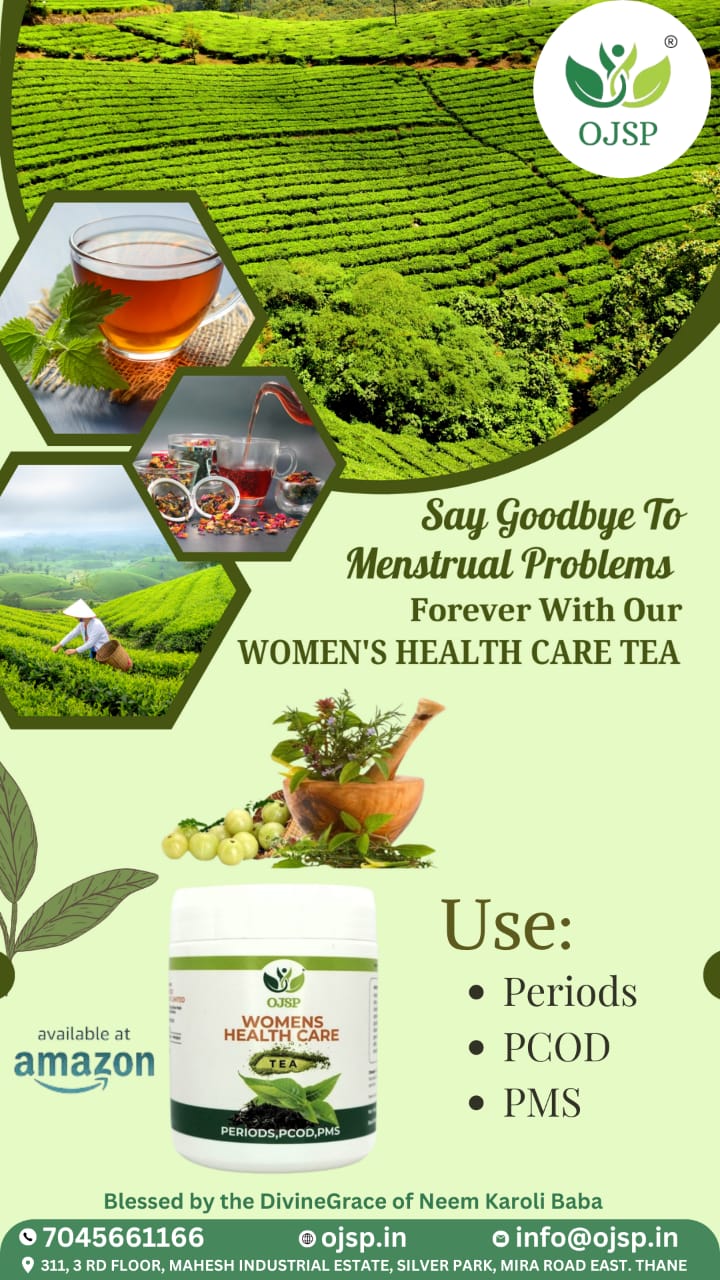
.jpeg)

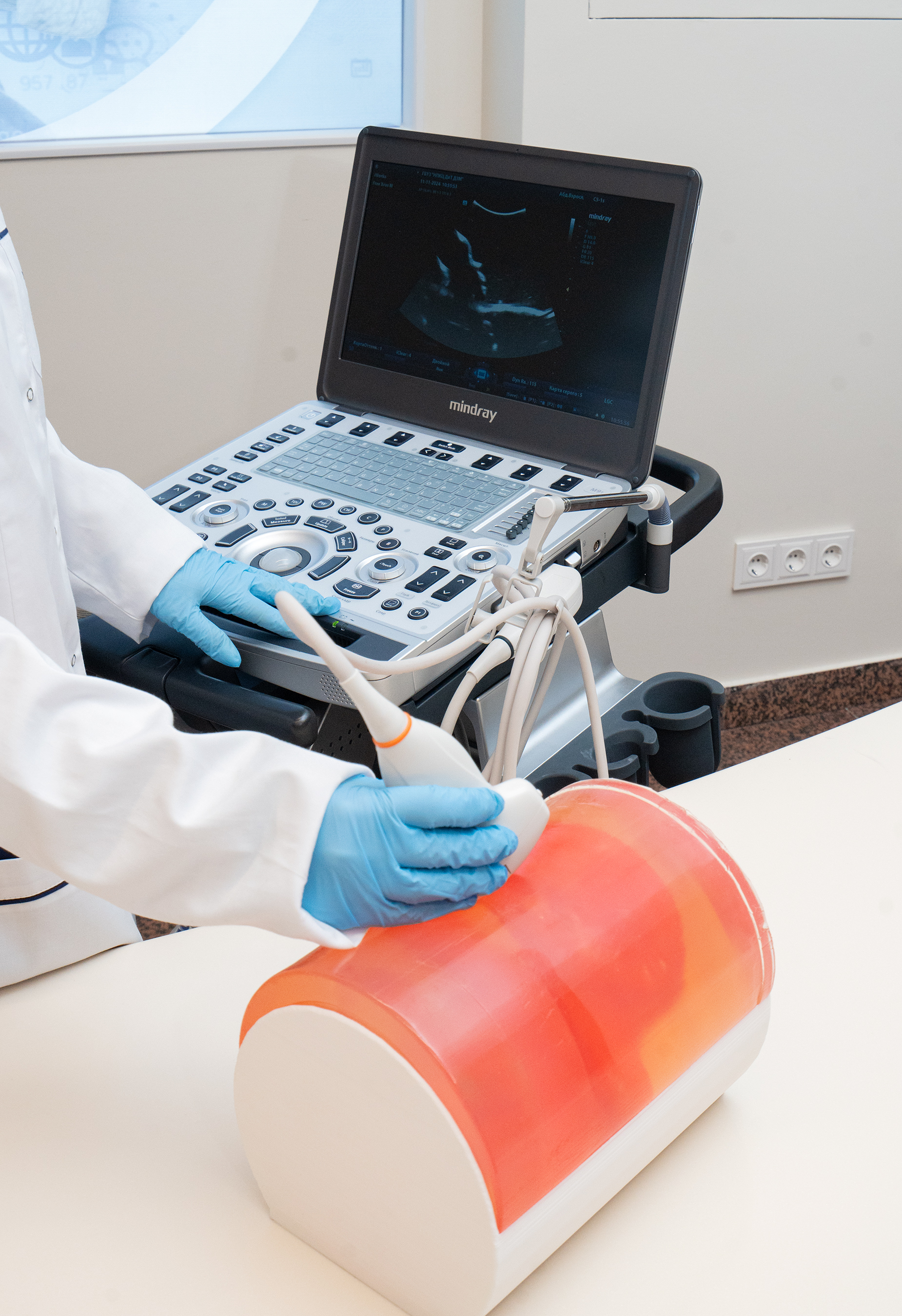


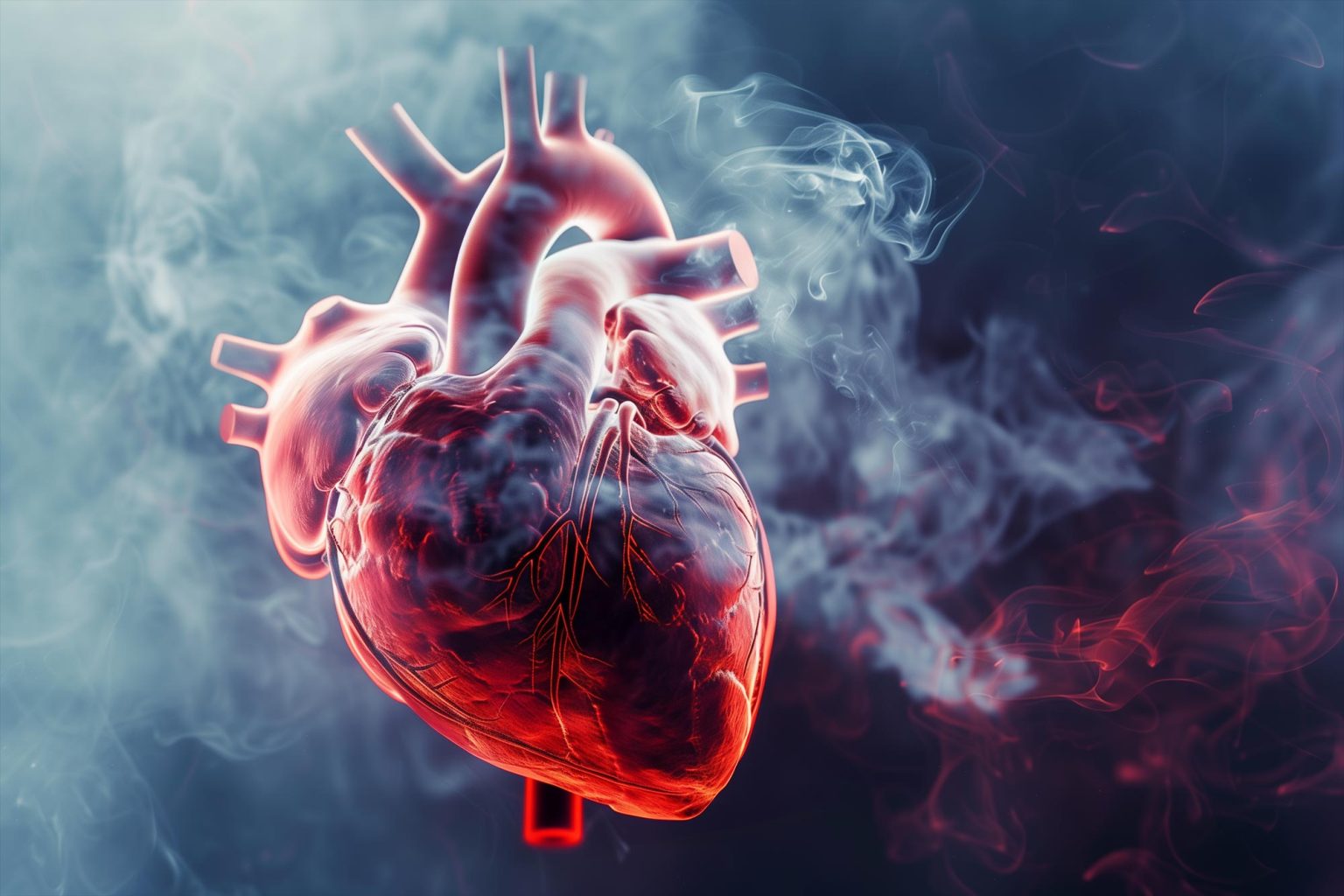

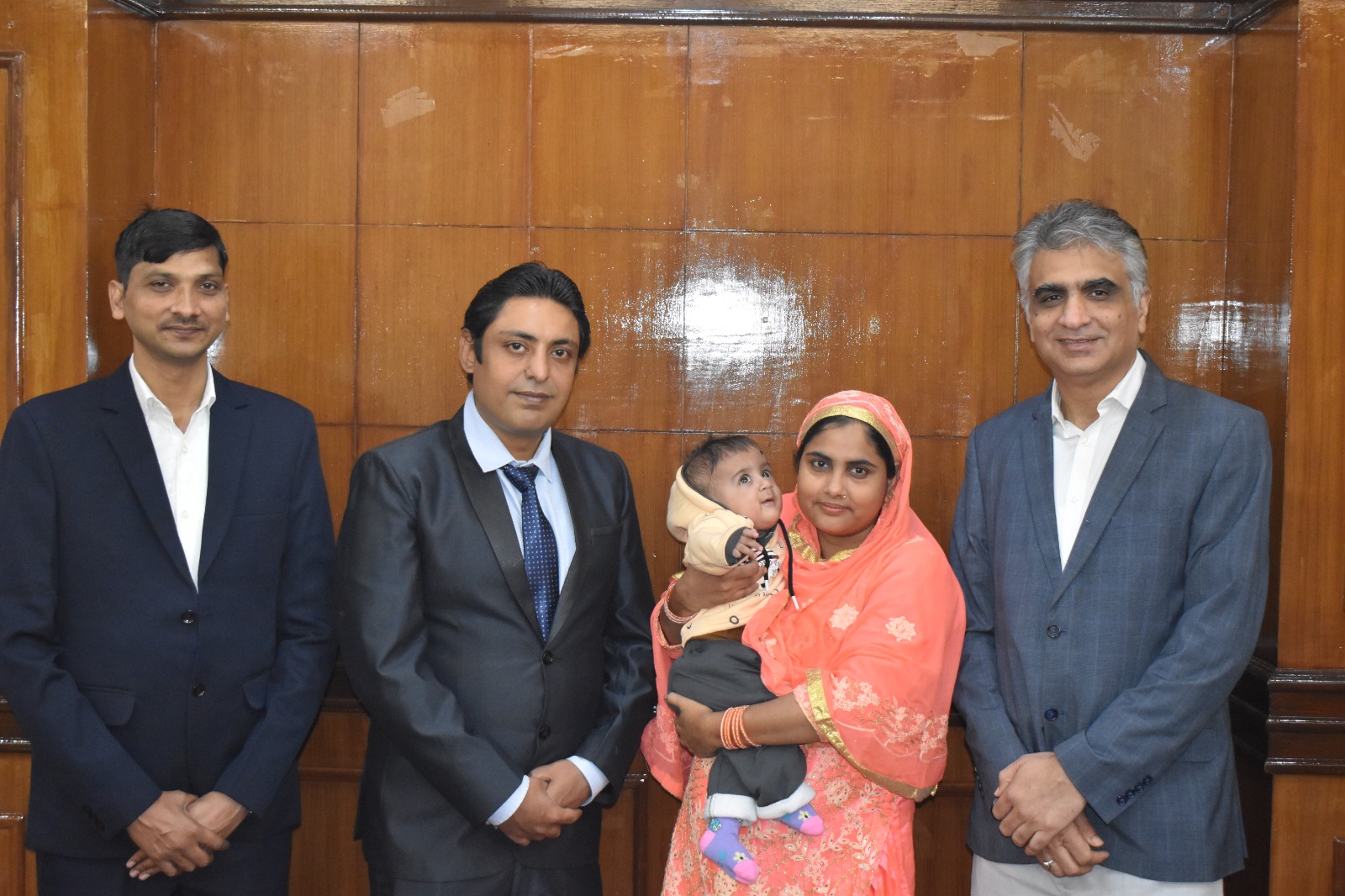
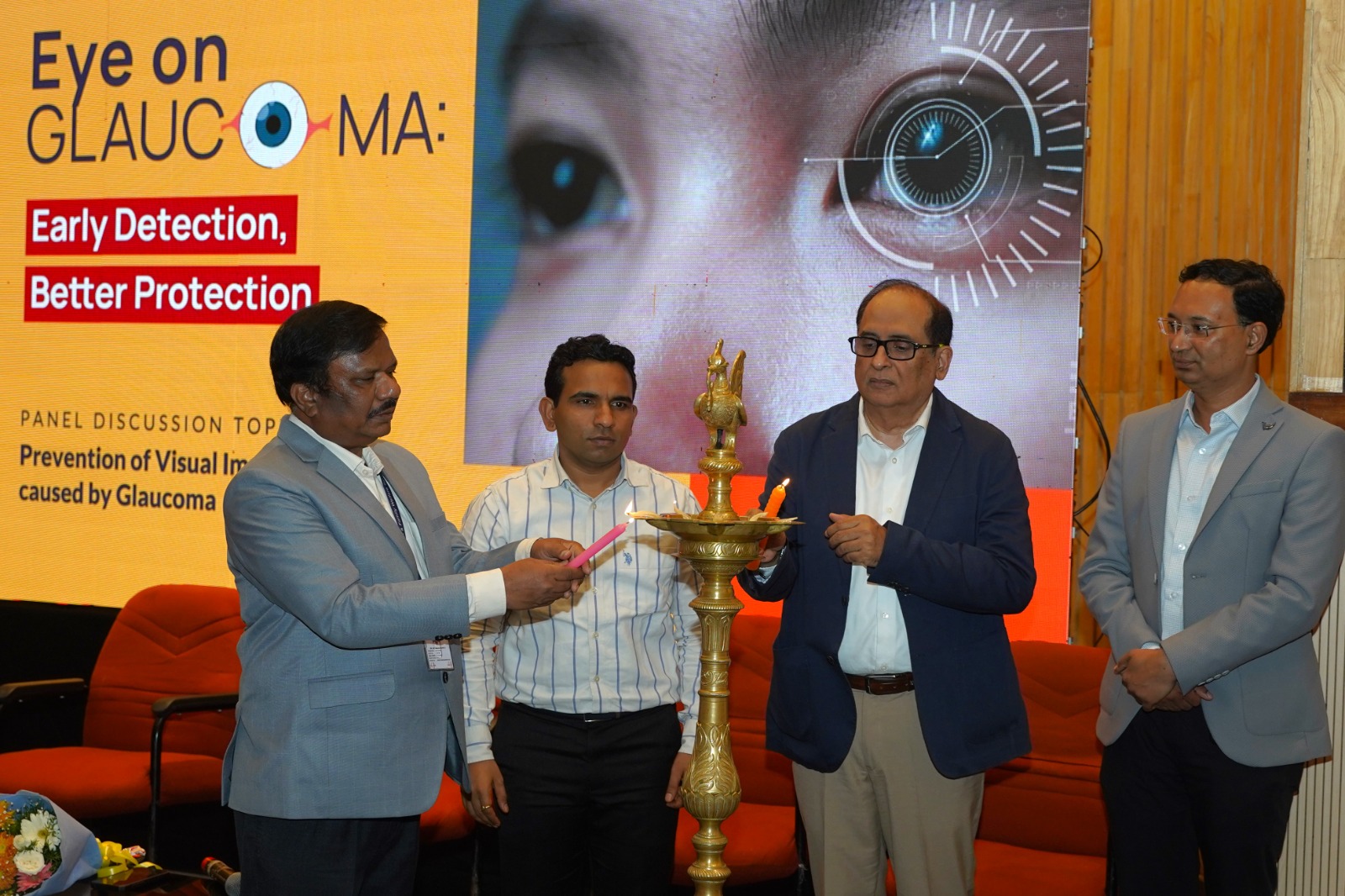
.png)
.png)

.png)
.png)
.png)
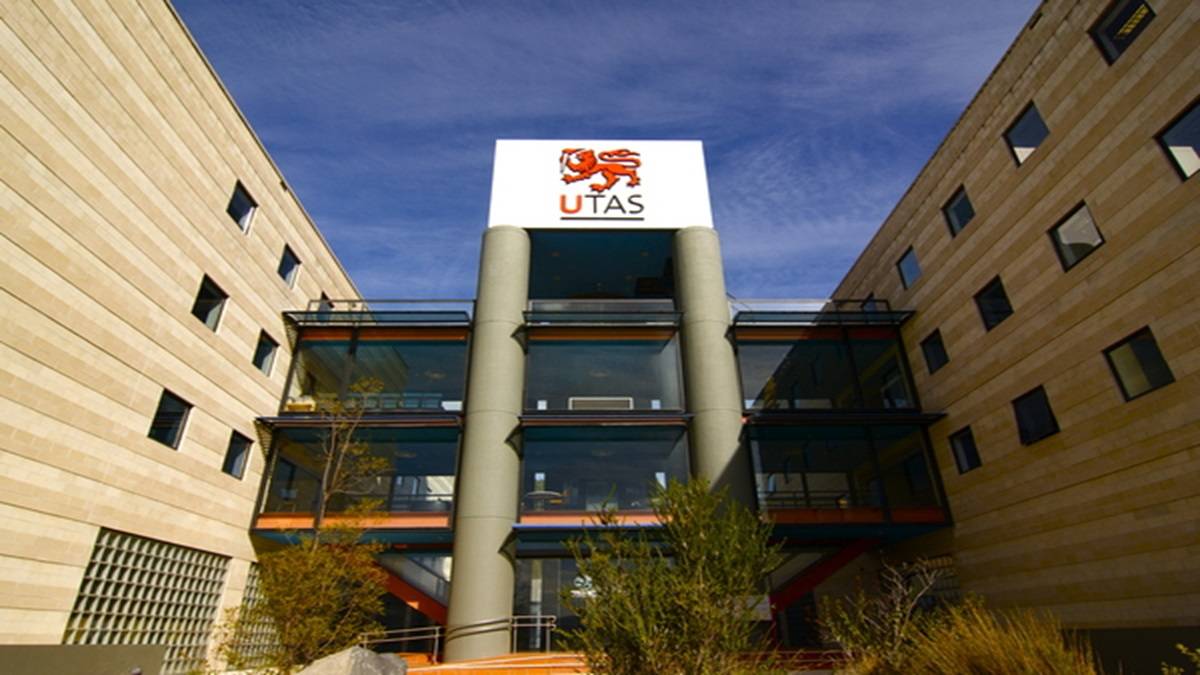
.png)
.png)
.png)

.png)
.png)